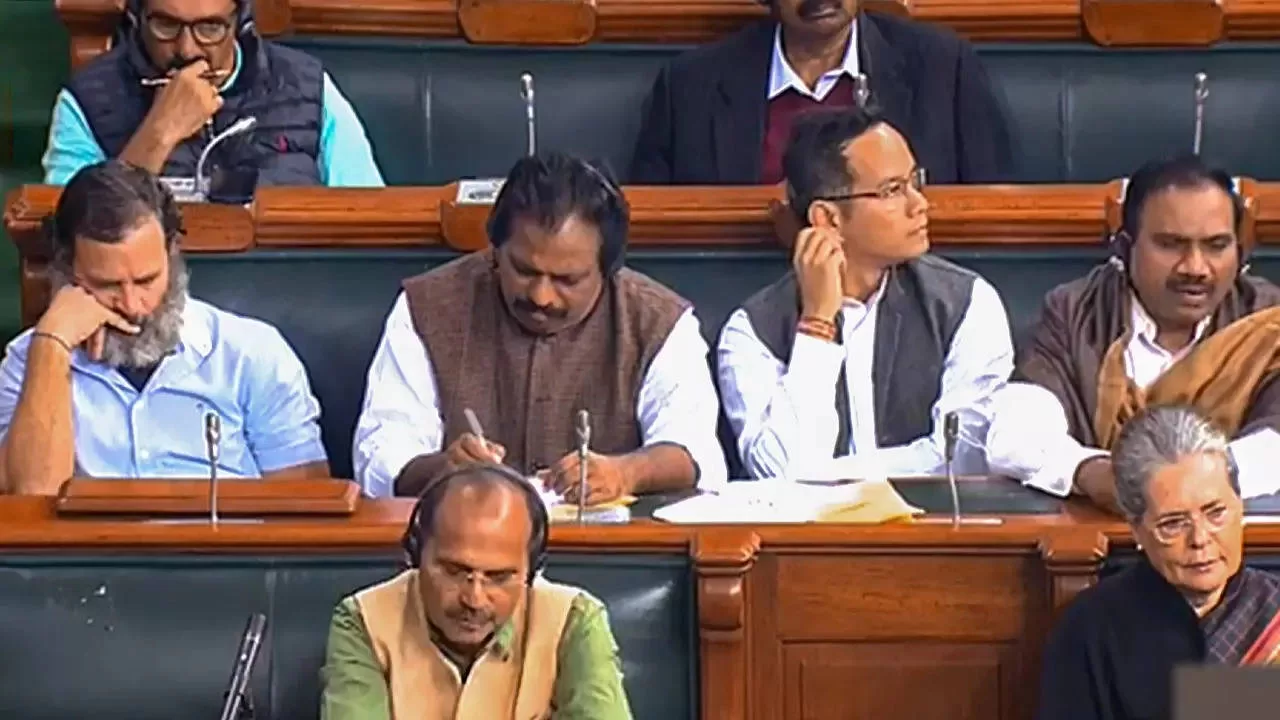Also See: Budget 2023 Live | Budget Highlights | Income Tax Slabs
In keeping with its Amrit Kaal narrative and the promise of better days for everyone, the budget’s highlight was the increase in income tax rebate which will benefit a large number of salaried people, and will keep the middle classes in thrall of Modi, who rode to the prime ministership and continues to enjoy unparalleled popularity on the back of unwavering support from this crucial segment of the population. The tax changes will put more money in the hands of those at the lower end of the wage band, as also younger workers, which will spur consumption and drive growth at a time when most of the world is looking at a bleak growth forecast. India, one of the few bright spots amid the global gloom, can further cement its position as a stable and growing economy.
Alongside, the budget also aims to boost education, job creation, skill development, entrepreneurship, digital infrastructure, agriculture, housing and green growth, in the process touching the lives of almost everyone in the country. In all of this, the hope is that people benefiting from government schemes will reward the BJP when they enter the polling booth.
In keeping with the farm sector’s critical importance, the budget announced an 11 per cent hike in agriculture credit target to Rs 20 lakh crore, with a focus on animal husbandry, dairy and fisheries. The government will also launch a new sub-scheme of Pradhan Mantri Matsya Sampada Yojana with an investment of Rs 6,000 crore to improve value chain efficiencies and expand the fishery market. There was also a push towards natural farming, alternative fertilisers, balanced use of chemical fertilisers, boosting availability of quality planting material for high value horticultural crops and an Agriculture Accelerator Fund to encourage agri-startups by young entrepreneurs in rural areas. Put together, the initiatives signal the government’s continued focus on farmers, by far the largest demographic in the country.
A key focus area was the housing sector, with the budget announcing a 66 per cent hike in the Pradhan Mantri Aawas Yojana (PMAY) outlay to Rs 79,000 crore. This holds the promise of benefiting a large swathe of urban poor still languishing in shanties in less than hospitable conditions. The enhanced allocation is as much a recognition of the work still to be done on this front as it is of the electoral importance of this voting bloc, which invariably has ties to villages and has a spill-on effect. Enabling all cities and towns for 100 per cent transition of sewers and septic tanks from manhole to machine hole mode also has a similar aim — putting a stop to the dehumanising manual cleaning of sewers and providing a life of dignity to those involved in such work, who are drawn from the lowest strata of society.
Nirmala Sitharaman gives her shortest ever Budget speech. For how long did she speak?
The increasing participation of women in elections has ensured that they cannot be ignored on budget day and Sitharaman had several goodies for them. The highlight was a ‘Mahila Samman Saving Certificate’ with a fixed interest rate of 7.5 per cent for two years. Also, under the Deendayal Antyodaya Yojana National Rural Livelihood Mission, 81 lakh self-help groups have been created by mobilising rural women. “We will enable these groups to reach the next stage of economic empowerment through the formation of large producer enterprises or collectives with each having several thousand members,” the FM said. In most recent elections, turnout of women voters has been on the rise and they have come to represent a distinct voting bloc, and governments of all hues have made it a point to defer to them. The Modi government is no different and understands the electoral heft that women carry.
The budget’s Vishwakarma Yojana, providing a boost to artisans, is a not quiet subtle sop for the Other Backward Classes as most involved in local crafts and trades belong to this class. Large sections of OBCs moved into the BJP’s corner after Modi became PM and have served the party well in electoral contests in places like UP and Bihar, as also elsewhere. Schemes like this are a recognition of their loyalty and aim to keep their interests in mind. With a slew of polls lined up this year, the BJP will hope the OBCs, particularly the not so well-off among them, will stick with it.
As part of the BJP’s overtures to tribals, Sitharaman has earmarked Rs 15,000 crore to implement the Prime Minister Particularly Vulnerable Tribal Groups (PM-PVTG) development mission in the next three years under the development action plan for Scheduled Tribes. This will provide PVTG families and habitations with basic facilities such as safe housing, clean drinking water and sanitation, improved access to health, education, nutrition, road and telecom connectivity and sustainable livelihood opportunity. Also, in the next three years, the Centre will recruit 38,800 teachers and support staff for 749 Eklavya Model Residential Schools which provide education to 3.5 lakh tribal students. This can be viewed as a nod towards this year’s polls in several north-eastern states, most of which are predominantly tribal.





